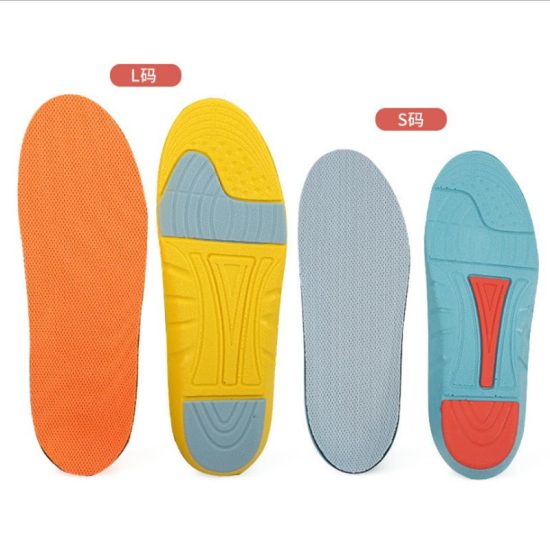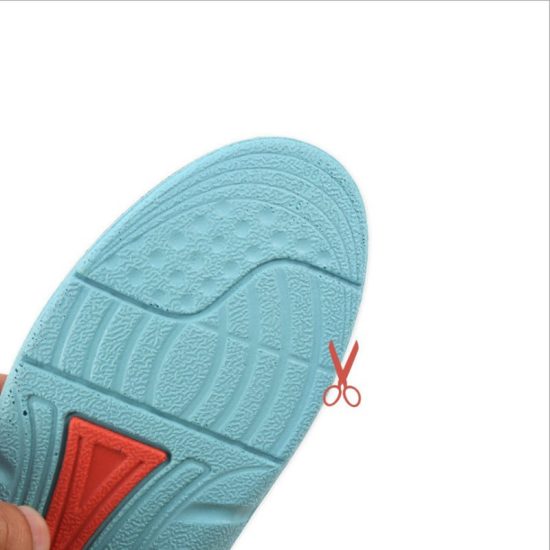The environmental impact of shoe insoles can vary depending on the materials used to make them. Here are some factors to consider when evaluating the eco-friendliness of shoe insoles:
- Materials: Shoe insoles can be made from a variety of materials, including foam, gel, cork, and recycled materials. Some materials are more environmentally friendly than others. For example, foam and gel insoles are often made from petroleum-based materials that are not biodegradable, while cork insoles are made from renewable materials that are biodegradable.
- Production: The production of shoe insoles can also have an environmental impact. The use of energy, water, and other resources in the manufacturing process can contribute to greenhouse gas emissions and other environmental problems.
- Disposal: When shoe insoles are disposed of, they can end up in landfills where they may take many years to decompose. However, some insoles are recyclable, which can reduce their environmental impact.
- Lifespan: The lifespan of shoe insoles can vary depending on the quality of the materials used and how they are cared for. In general, higher quality insoles may last longer and require fewer replacements, which can reduce their environmental impact.
In summary, the environmental impact of shoe insoles depends on several factors, including the materials used, production methods, disposal methods, and lifespan. While some insoles may be more eco-friendly than others, it’s important to consider the full life cycle of the product when evaluating its environmental impact. Additionally, purchasing high-quality insoles that are built to last can reduce the need for frequent replacements and help reduce waste.



